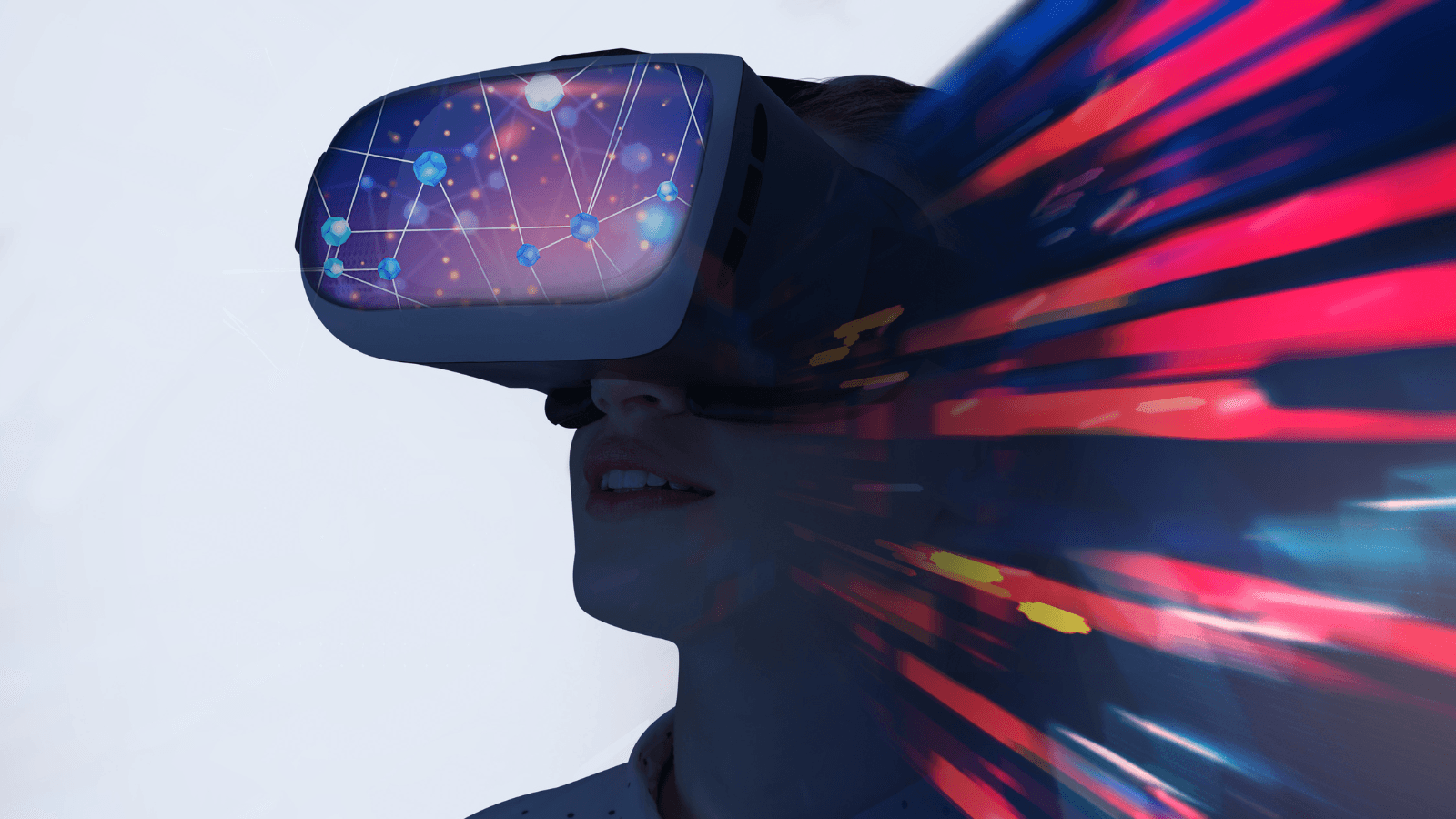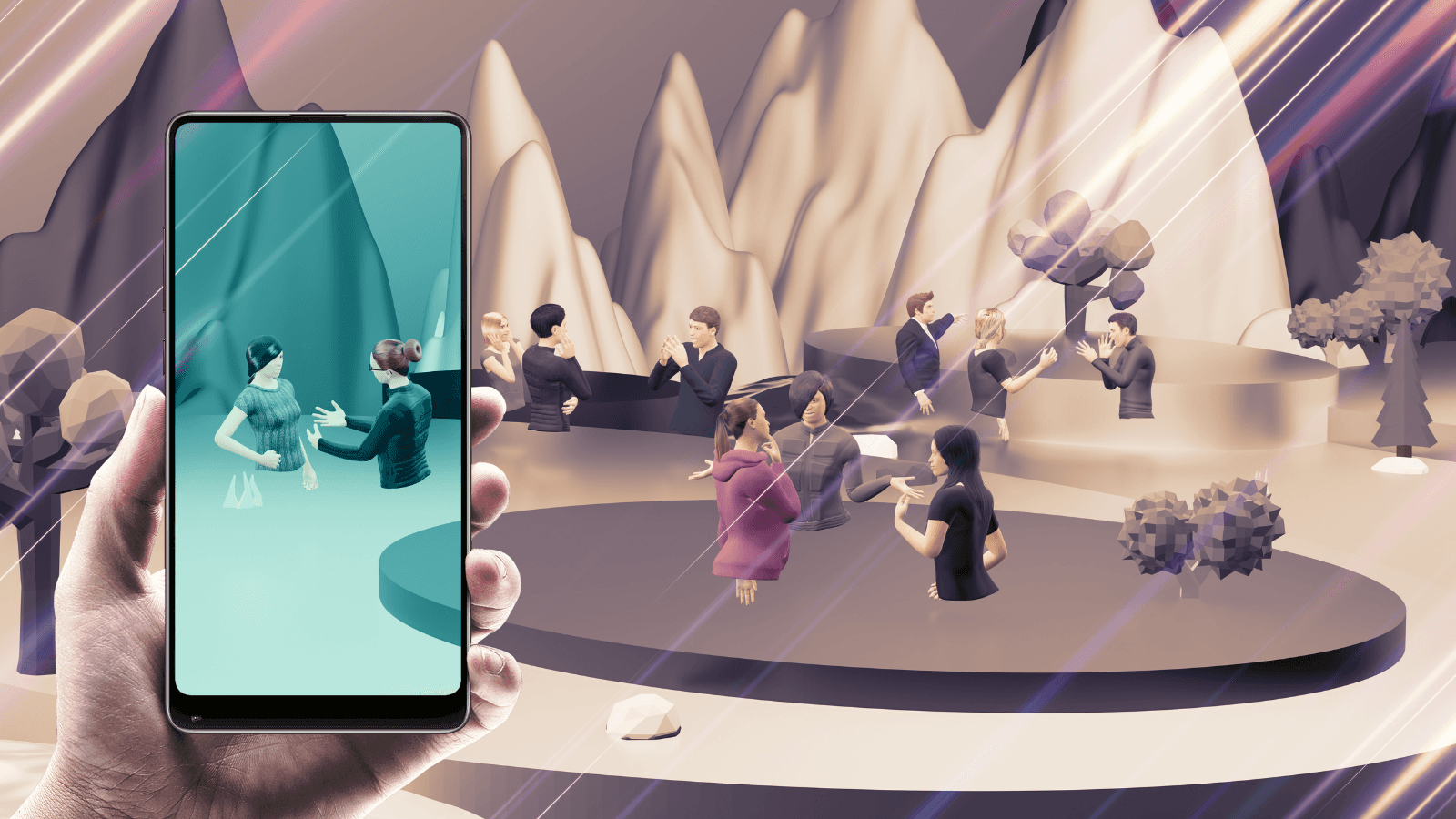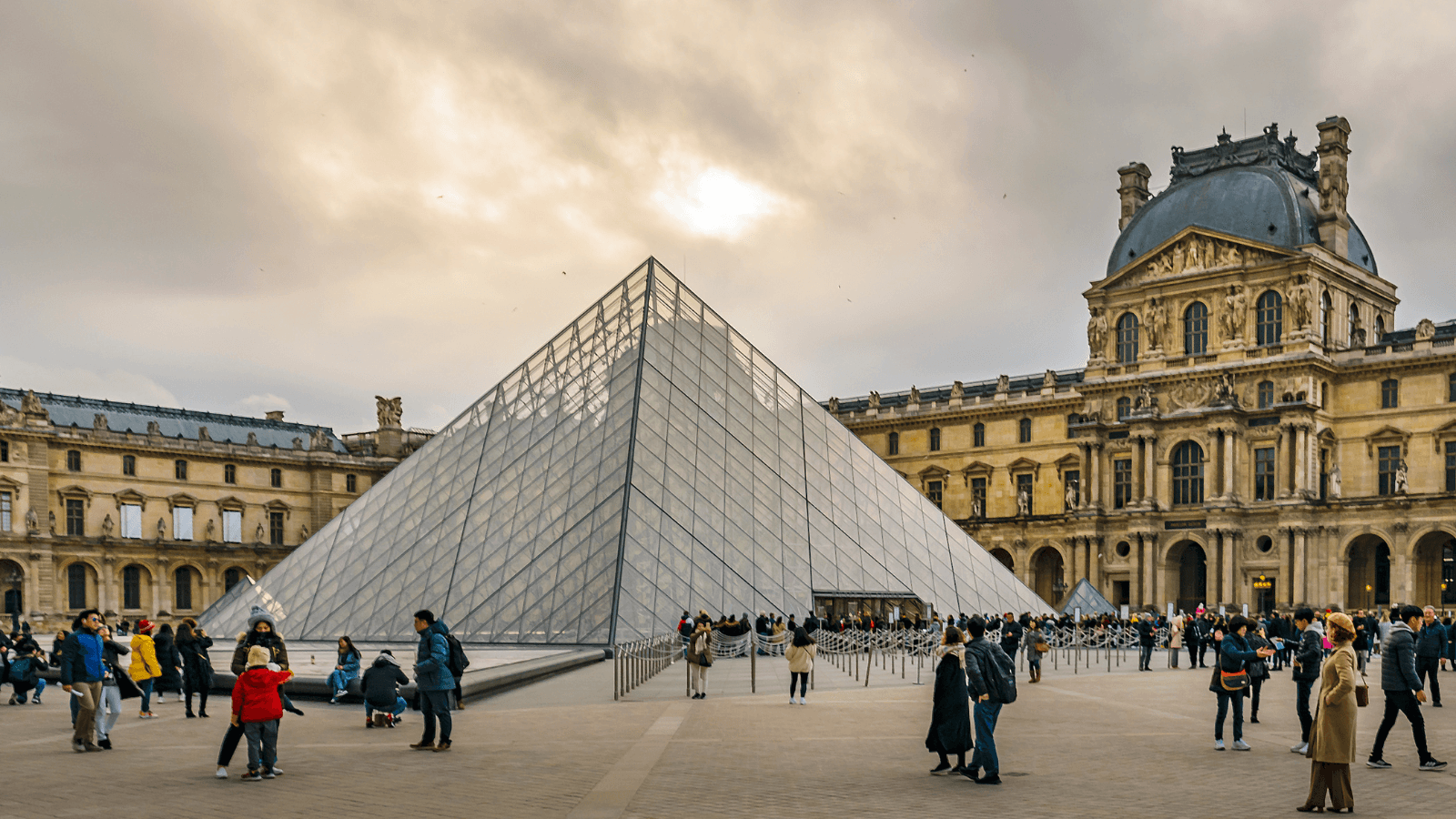Back to Blog
The Power of Detail: How High-Fidelity Virtual Experiences Enhance Engagement
Sep 12, 2023
Callum Moates
In the ever-evolving digital landscape, the metaverse—a 3D version of the internet where users interact with lifelike avatars and immerse themselves in virtual realities—stands out as a groundbreaking frontier. This digital space enables new experiences and ways for brands, businesses, and individuals to connect with audiences influencing various facets of our lives, from immersive education, entertainment, global business collaborations, and boundary-defying social interactions. Central to the allure of the 3D internet is the concept of high-fidelity virtual environments. These experiences, marked by their intricate detail, realism, and interactivity, are pivotal in captivating users and making them feel genuinely anchored in the virtual world.
The role of detail in immersion
In the context of the metaverse, the term ‘immersion’ refers to the sensation of being wholly absorbed or enveloped in a 3D virtual environment to the point where one's awareness of the physical world diminishes. It's the feeling of ‘being there’ in a digital space, interacting with environments, objects, and individuals rather than just observing them. In contrast, traditional 2D internet experiences, like browsing web pages or watching videos, are primarily passive. Users engage with content on a flat screen, always conscious of the physical space around them. The 2D internet is akin to looking through a window into another world, while the 3D internet seeks to place you directly inside that world.
The sensation of immersion is significantly amplified by high-fidelity detail in the metaverse. Here's how:
Virtual environments: Detailed and realistic environments, whether bustling virtual cities, serene digital landscapes, shopping malls, museums, or sports arenas, elevate the user experience to unparalleled heights. The meticulous attention to detail, like the rustling of individual leaves on a tree, the texture of artifacts in a museum, or the roar of a virtual crowd in a stadium, makes these digital realms feel incredibly tangible and realistic. Such intricacy enhances the visual appeal and deepens the user's engagement, making shopping, exploring history, or attending sports events more immersive and memorable.
Objects: High-fidelity objects and products with intricate textures, shadows, and interactive properties add layers of realism. For instance, picking up a virtual book and flipping through its pages, feeling its weight, or seeing the light play on its cover can make the object feel almost real.
Interactions: Detailed interactions, like the ability to manipulate objects, engage in lifelike conversations with avatars, or even feel haptic feedback, deepen the sense of presence. Advanced technologies like extended reality (XR), artificial intelligence (AI), and facial and motion tracking help create real-world conversations, expressions, and movements in a virtual space.

Realism and its impact on user behavior
The degree of realism in digital platforms, whether in video games, virtual reality, or online simulations, directly influences user engagement, immersion, and decision-making. Companies like Nike, Disney, and Gucci have already launched activations in the metaverse, capitalizing on its potential for immersive experiences.
Here are a few ways realism in the metaverse impacts user behavior:
Improved social interactions: A critical aspect of the metaverse experience is the presence of avatars, which serve as digital representations of users. Platforms like Roblox and Zepeto allow users to build avatars with detailed features to boost virtual experiences. For instance, Roblox announced plans to create avatars that appear more humanlike and express emotions vividly using depth sensing to measure and track head and facial movements. Zepeto, on the other hand, emphasizes self-expression, allowing users to customize their avatars extensively. A publication by Deloitte reported that individuals using avatars feel more connected and have a stronger sense of community, representing an ideal way to forge relationships in digital spaces.
Better decision-making during purchases: Engaging with a product's digital twin in a virtual retail environment can significantly enhance the user's understanding of the product. For instance, users can virtually try on clothes, test out gadgets, or even experience a virtual hotel room's ambiance before booking. This level of interaction can lead to more informed decisions, as users get a near-real experience of the product. A Deloitte Digital article mentions brands are leveraging the 3D internet to offer unique customer experiences. For instance, luxury fashion brands create digital twins of their products in the metaverse, allowing users to try them on their avatars, enhancing user engagement, and influencing their purchasing decisions.
Better collaboration through virtual meeting spaces: Metaverse environments allow for co-creation through stimulating settings. Imagine holding a brainstorming session overlooking the Grand Canyon or in front of the Egyptian pyramids. Companies can build any awe-inspiring virtual environment to foster creativity, problem-solving, and group cohesion, increasing engagement.
Higher retention of information through training and education in the metaverse: The metaverse is anticipated to revolutionize training and education by improving comprehension, retention, and engagement. For instance, Morehouse College in Atlanta found that learning through VR helped students perform better than those who learned in traditional environments. However, it's crucial to balance realism in the digital world; using human avatars to impart knowledge and train can enhance training as users react positively to elements with human-like characteristics. However, making them too realistic without being genuinely human can lead to the uncanny valley effect, making users uncomfortable. Alternatively, immersive training in the 3D internet, like simulating aircraft cockpits virtually, reduces safety risks or training medical professionals with virtual cadavers to overcome resource and accessibility barriers.

From virtual tourism to cultural preservation
High-fidelity virtual experiences transform virtual tourism and cultural preservation with immersive tools that allow users to explore museums and global destinations, from ancient ruins to bustling cityscapes, in rich detail. More than just virtual travel, they're a lifeline for endangered cultural sites. As landmarks face threats, these digital archives capture and safeguard our cultural heritage, ensuring future generations can still experience and learn from them, even if they disappear in the real world.
The Louvre Museum in Paris, one of the world's largest and most visited art museums, offers online virtual tours that allow users to explore its rooms and galleries to admire the architecture, view exhibitions, and enjoy close-up views of iconic artworks. For instance, through the Louvre's virtual tour, users can journey through various exhibitions such as "From Afar. Traveling Materials and Objects," "The Advent of the Artist," "Power Plays," and more. Furthermore, platforms like YouVisit offer a virtual reality experience of the Louvre Museum, enhancing the sense of immersion and allowing users to explore the museum in even greater detail.
Apart from visiting museums, individuals can completely immerse themselves in a new location through the 3D internet. For instance, a high-fidelity exploration of Paris in the metaverse could offer a virtual reality (VR) tour, with 360-degree views of landmarks like the Eiffel Tower, complete with the ambient sounds of busy streets and distant accordion melodies. Augmented reality (AR) glasses can further enhance the journey, overlaying historical context and reviews on real-world views of Parisian streets.
Cultural heritage sites have also been preserved using 3D internet technologies. For example, the ‘Baalbek Reborn’ created by the Lebanese Ministry of Culture has recreated a visually stunning digital twin of the historic site of the Roman Heliopolis in Lebanon for anyone to access online.

Conclusion
The metaverse, with its high-fidelity virtual experiences, represents a monumental shift in the digital realm, redefining how we perceive, interact with, and immerse ourselves in virtual spaces. The intricate details, realism, and interactivity embedded within these experiences are not merely aesthetic enhancements but are fundamental in fostering deep engagement and a genuine sense of presence. From the rustling of leaves in a virtual forest to the lifelike expressions of avatars, every nuance contributes to a richer, more authentic experience.
Are you a brand or business looking to capitalize on the 3D internet’s enhanced digital customer engagement? We can help you build and scale high-fidelity experiences in the metaverse. Get in touch with us!
Sep 12, 2023
Callum Moates
Subscribe to our monthly newsletter
About Landvault
Landvault is building infrastructure to accelerate the metaverse economy, by building tools to create, deploy and monetize content. The company has helped over 200 clients enter the metaverse, including both Fortune 500 companies and government organizations like the Abu Dhabi government, Mastercard, L’Oreal, Red Bull, and Heineken. The company has raised a total of $40m over the past three years and continues to pioneer technological advancements.
